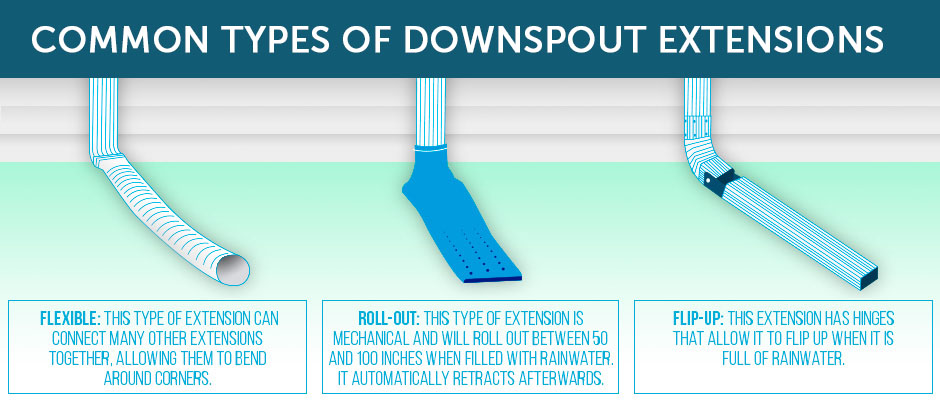Protecting Your Home From Heavy Rain
Spring rain storms can pose a significant threat to homes, potentially leading to various types of damage. The combination of heavy rainfall, strong winds, and lightning during these storms can result in flooding, roof leaks, water damage, electrical issues, and even structural damage. According to recent statistics, spring rain storms are responsible for a substantial number of insurance claims, with an estimated 20% of all homeowner claims being related to water damage caused by rainstorms. Here are some tips to help you deal with heavy rains.
Dealing With Heavy Rain Now
If your basement is leaking, or worse yet flooding, one of the major sources is often clogged or leaky gutters. Inspect your gutters and downspouts for leaks or clogs and if they aren’t properly draining, repair immediately. You may need to use splash blocks or downspout extension pipes to direct water away from your home’s foundation.

If you’ve resorted to bowls or buckets to catch water from a dripping ceiling, your roof will need to be checked out by a reputable roofer. A leaky roof can cause a lot more damage to your house than water stains on the ceiling. If your insulation gets wet from a leaking roof it could lead to a rot and mold problem. Complicating matters, it is difficult for homeowners to really see what is going on with the roof and in the attic. Have a roofer inspect the situation and make repairs to avoid even more costly damage in the future.
Preparing For Heavy Rain In The Future
Maybe you haven’t experienced anything major but want to prepare for the future. Here are some areas of your property you may want to consider in the coming days and weeks ahead to avoid potential problems.
GUARD YOUR FOUNDATION AND BASEMENT
Make sure the ground slopes away from your home’s foundation to help keep your basement dry and prevent flooding around your home. Many homes in historic neighborhoods experience some seepage during periods of heavy rain like we are experiencing. A sump pump may be necessary to remove groundwater that seeps inside. You may want to have a company that specializes in waterproofing and foundation issues assess your basement to address issues before they become worse, and probably more expensive.
TRIM YOUR TREES
Spring storms increase the chance of damage from falling tree branches. Trim branches hanging over your home and remove any dead limbs, which are more likely to break during strong winds. A branch can take out a section of your roof and cause major water damage.
Document Your Possessions
You may want to create a detailed home inventory of your personal possessions, including photos or video footage as proof. This can be invaluable when filing an insurance claim in the aftermath of flood or storm damage. Keep the documentation in a waterproof container stored as high as possible from rising water, or secure it online where you can easily access it. .
Sewer Backflow Valve
In areas prone to rising water, sometimes sewage can back up into your homes through the drainpipe. This not only can damage the interior of your home, but it is a health hazard as well. A backflow valve can be installed in the drain line to prevent this. The valve has a flapper that closes automatically when needed, and may also include a manually operated valve for increased security.
The Metropolitan Sewer District (MSD) has information on their website about multiple devices available to help prevent building backups as well as information on their Sewer Lateral Backup Preventions Program, which may be available in your area.
With the likelihood of more rain in the future, protecting your home from rising water and making sure your roof is in good condition are more important than ever. If you have questions, don’t hesitate to contact us. Our past clients often call us for recommendations on vendors and contractors. We’re here to help.



